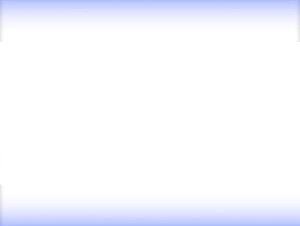Gregor Schneider

Absalon
After cutting short his military service in Israel, Absalon dropped out and lived in a wooden hut on the beach in Tel Aviv, before finally emigrating ...
read more 
Harald Klingelhöller
Although minimalism has reduced sculpture to basic aesthetic figures, the symbolism removed from the object has been re-inscribed in the form of the sculpture’s ...
read more 
Bruce Nauman
While teaching at the San Francisco Art Institute, Bruce Nauman teamed up with Robert Nelson and William Allen to probe the transitional realm between ...
read more 
Yoko Ono
In the exhibition:
Yoko OnoTHE WALK TO THE TAJ MAHAL, 1964/2021From six film scripts by Yoko Ono, Tokyo, June 1964 Facsimile print27,94 × 21,59 cm© Yoko ...
read more 
Mirosław Bałka
You see what you see, almost nothing, that is, or merely a piece of wall, its surface a bit rough, slightly dirty here and there. A wall that people have ...
read more 
Katharina Fritsch
When, in 1987, as part of the Skulptur Projekte Münster, Katharina Fritsch exhibited her monochrome yellow Madonna Figure in the centre of Münster, positioning ...
read more 
Stephan Huber
The artist Stephan Huber calls himself a modern allegorist inspired by the traditions of the southern German baroque and Latin Catholicism, with a strong ...
read more 
Alfonso Hüppi
A prominent representative of object art, Alfonso Hüppi is concerned with an aesthetic analysis of form, while also focusing on the usability of everyday ...
read more 
Sara Masüger
For each visitor to an exhibition, there are distinct expectations and charms that accompany the visit: children, experts, art lovers and culture vultures ...
read more 
Reiner Maria Matysik
Reiner Maria Matysik focuses his artistic work on the dialogue between science and the visual arts. He draws on an extensive repertoire of various materials ...
read more 
Nam June Paik
“Nam June Paik’s Zen for Film (1962–64) is a typical Fluxus work devised in the spirit of concretism. It consists solely of clear film leader of the type ...
read more 
Thomas Rentmeister
With its monolithic and erratic appearance, the object assembly Taint created by the sculptor and installation artist Thomas Rentmeister transfixes the ...
read more 
George Segal
Disappointed by the possibilities offered by painting, George Segal developed a new kind of visual language in the 1960s by producing human figures – ...
read more 
Lothar Wolleh
Lothar Wolleh was a German photographer based in Düsseldorf. From 1959 to 1963, he studied under Professor Otto Steinert at the Folkwang School of Design ...
read more 
Hans Haacke
The German conceptual artist Hans Haacke developed an activist and critical artistic stance that has an ongoing relationship with its specific political ...
read more 
Inge Mahn
The sculptress Inge Mahn takes objects, both large and small, from our everyday lives – including towers, curtains, cupboards, chairs, tables, flags and ...
read more 
Günther Uecker
Early on in his career, Mecklenburg-born artist Günther Uecker turned against the predominant art movements of the 1950s: socialist realism in the GDR ...
read more 
Rosa Barba
In her process-based research endeavours, Rosa Barba builds in large part on historical, sociopolitical or geological phenomena, which are incorporated ...
read more 
Raimund Kummer
In a physical act repeated countless times, Raimund Kummer etched the sentence “Ich werde blind” (“I am going blind”, 1973) on a copper plate, then “blindly” ...
read more 
